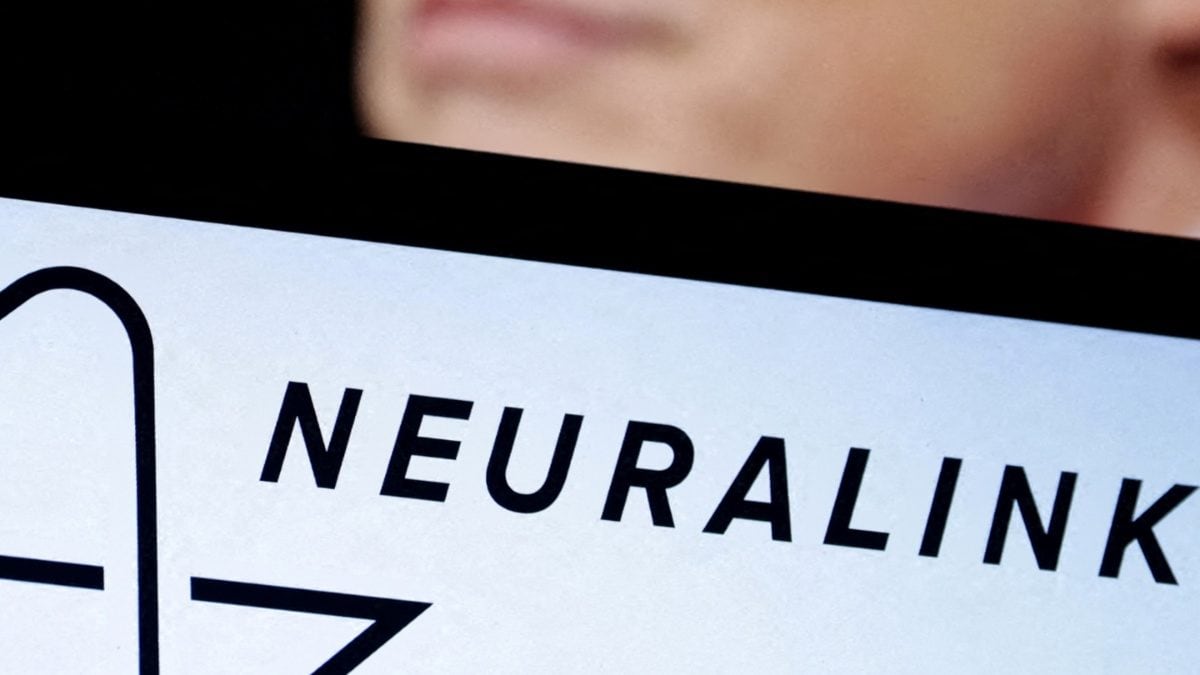Last Updated:
Washington D.C., United States of America (USA)
Neuralink did not disclose how many threads retracted from the tissue.
Neuralink’s first brain chip implant encounters issues. Threads retract, reducing data flow. Despite challenges, patient continues to use the system
Neuralink faced a problem with the implant in its first human patient that reduced the amount of data it could capture from his brain, the company said in a blog post after 100 days of clinical trial of the first participant.
Earlier this year, the first human patient received an implant from the brain-chip startup founded by Elon Musk. Initial results showed promising neuron spike detection. Noland Arbaugh, 29, who was paralyzed below the shoulder after a diving accident, made waves online in March when he was seen playing chess on his laptop and moving the cursor using the Neuralink device. However, not all things are going as planned. The chip implanted in the brain of its first human patient had some issues a few weeks after the surgery.
READ MORE: Video: Elon Musk’s Neuralink Brain Chip Enables Paralysed Patient To Play Chess With His Mind
We’ve just passed 100 days since the first participant in our clinical trial received his Neuralink implant. Read our latest progress update here: https://t.co/7lckGYCK1H— Neuralink (@neuralink) May 8, 2024
“During his first-ever research session, Noland set a new world record for human BCI cursor control of 4.6 BPS (bits-per-second). He has subsequently achieved 8.0 BPS and is currently trying to beat scores of the Neuralink engineers using a mouse (~10 BPS). The Link is able to distinguish left and right clicks and allows cursor control sufficiently precise to select targets similar in size to the smallest icons and buttons on a laptop screen. The ability to select small targets using multiple click types allows Noland to use applications and play games on his laptop that were not possible with his mouth stick,” the company said.
“In the weeks following the surgery, a number of threads retracted from the brain, resulting in a net decrease in the number of effective electrodes. This led to a reduction in BPS. In response to this change, we modified the recording algorithm to be more sensitive to neural population signals, improved the techniques to translate these signals into cursor movements, and enhanced the user interface,” it added.
The US Food and Drug Administration had given the company clearance last year to conduct its first trial to test its implant on humans, a critical milestone in the startup’s ambitions to help patients overcome paralysis and a host of neurological conditions. Last September, Neuralink said it received approval for recruitment for the human trial. The study uses a robot to surgically place a brain-computer interface (BCI) implant in a region of the brain that controls the intention to move.
Neuralink earlier said that its initial goal is to enable people to control a computer cursor or keyboard using their thoughts alone. The company was valued at about $5 billion last June. However, four US lawmakers in late November asked the U.S. Securities and Exchange Commission to investigate whether Musk had misled investors about the safety of its technology after veterinary records showed problems with the implants on monkeys.
(With agency inputs)






